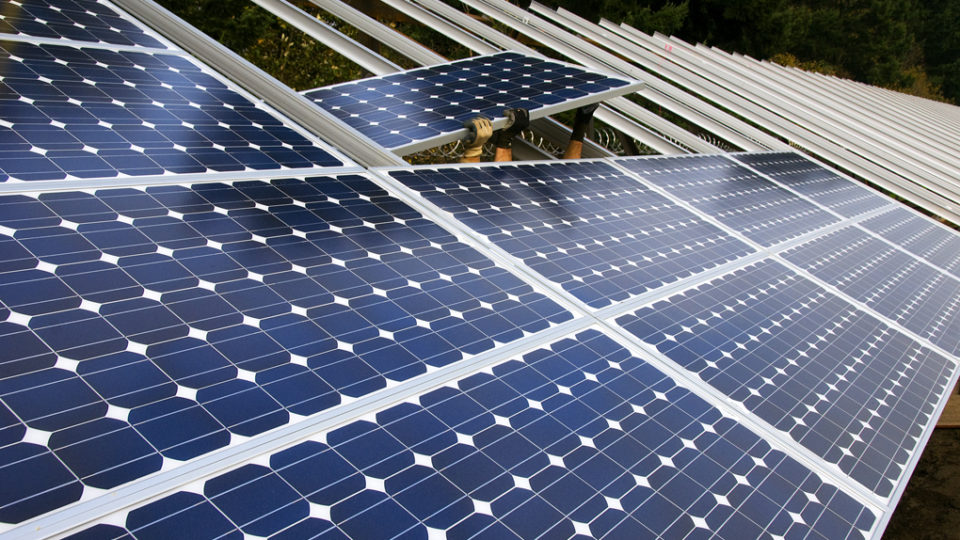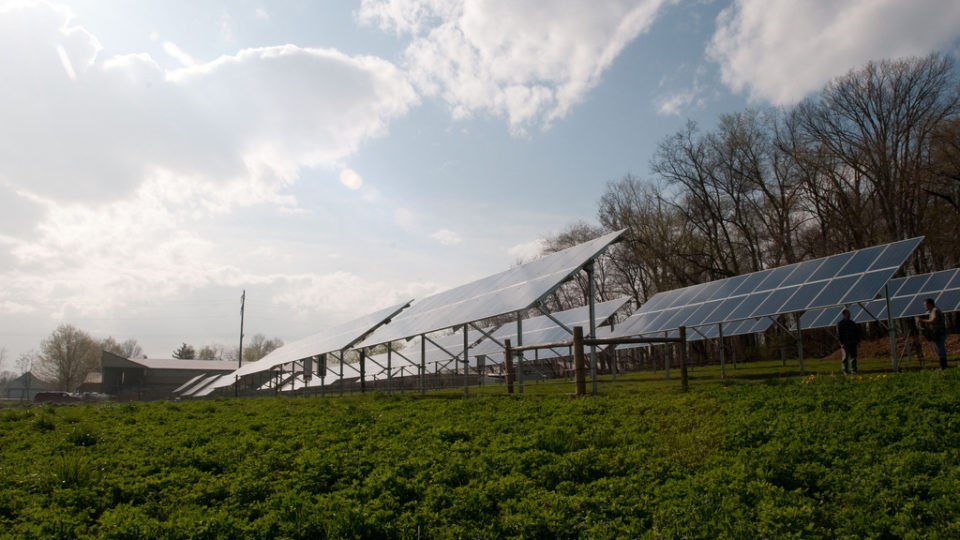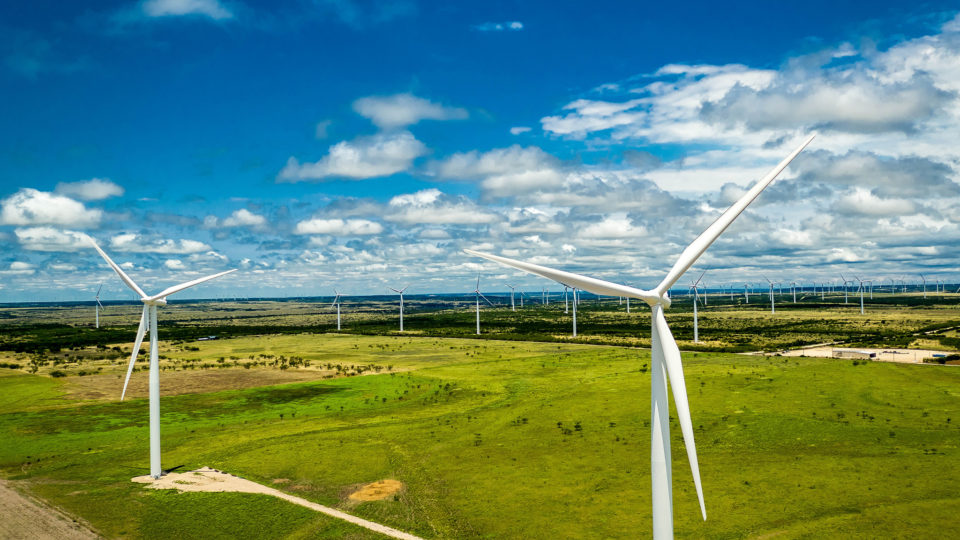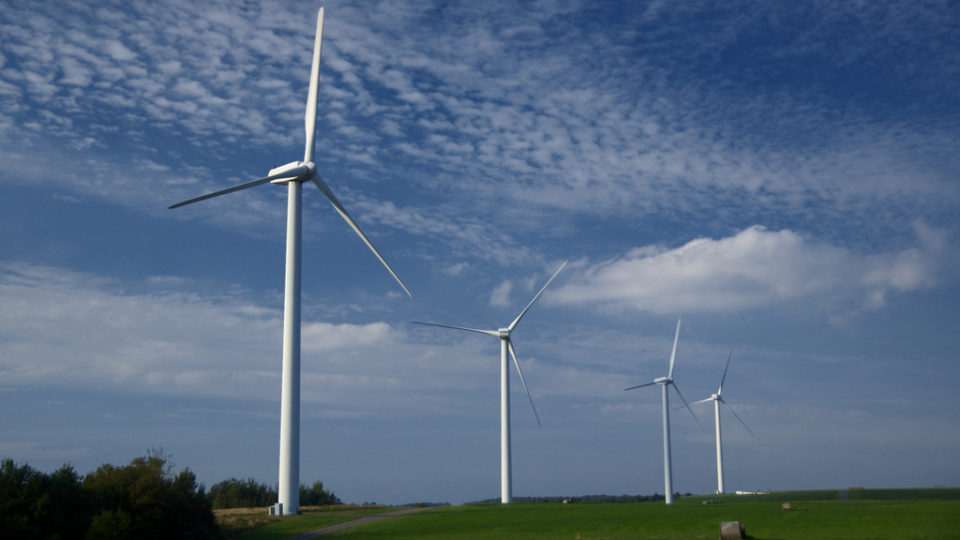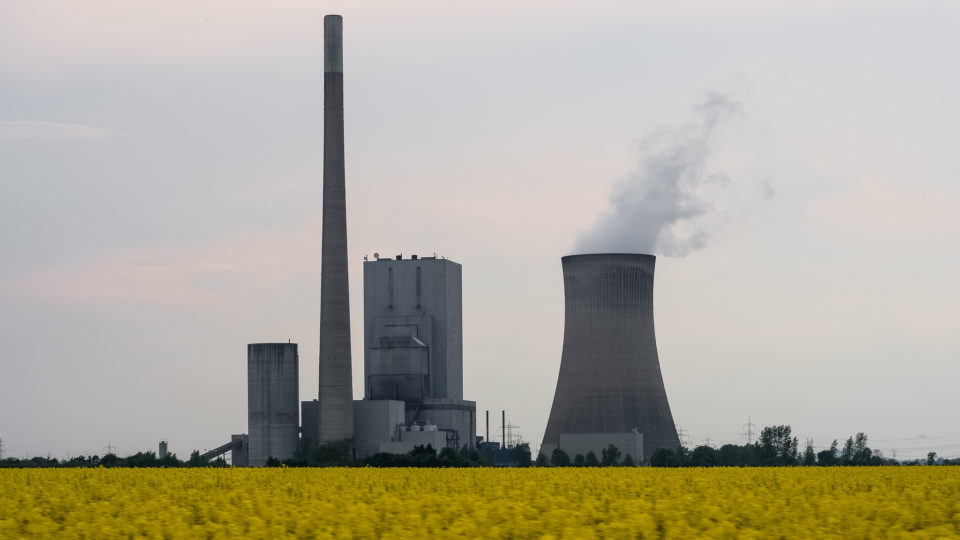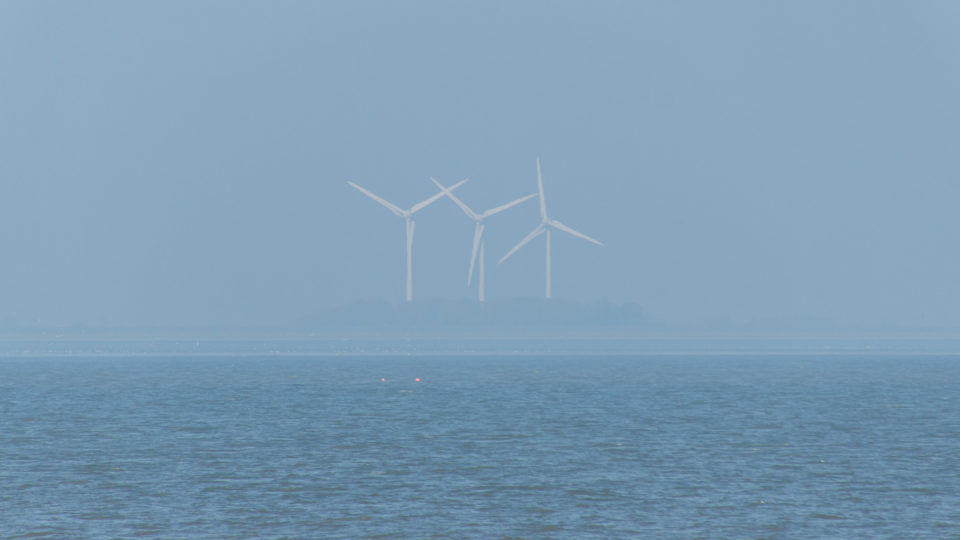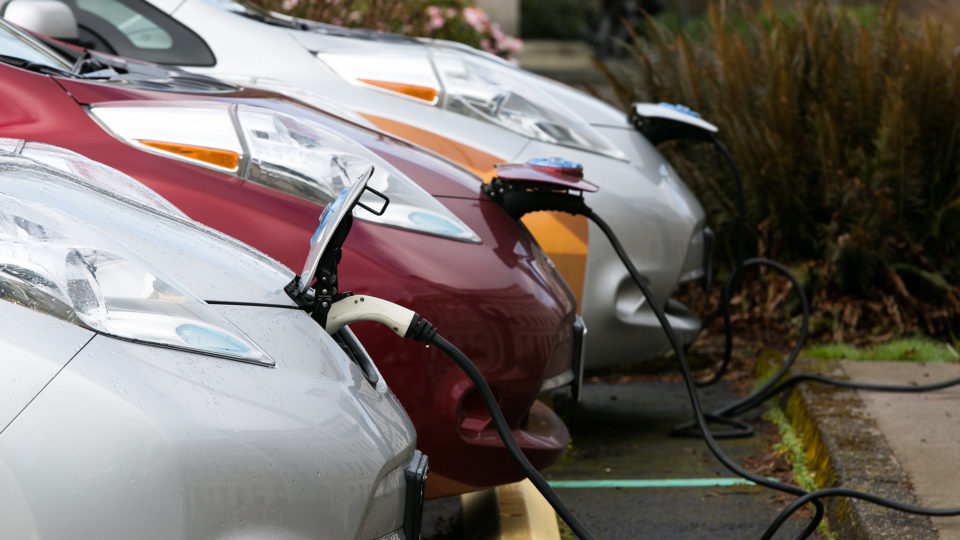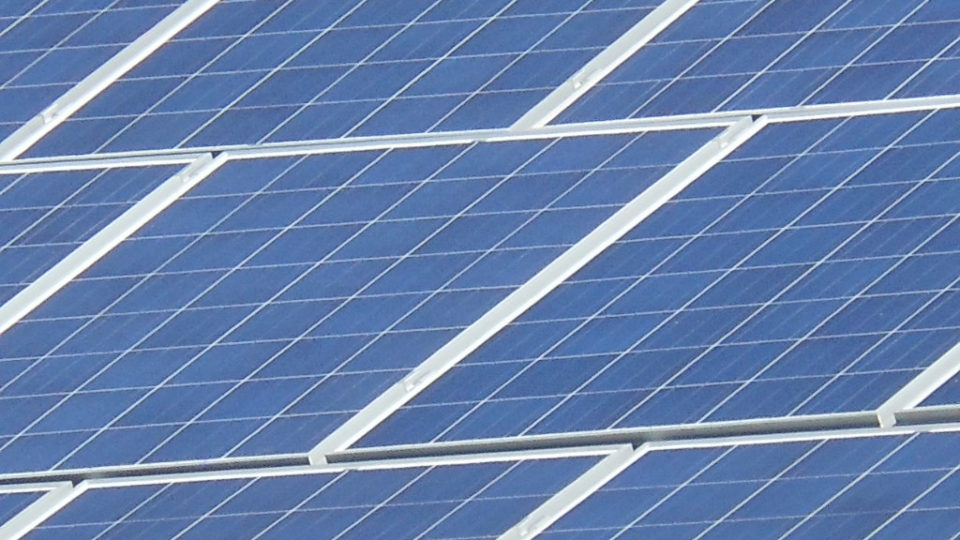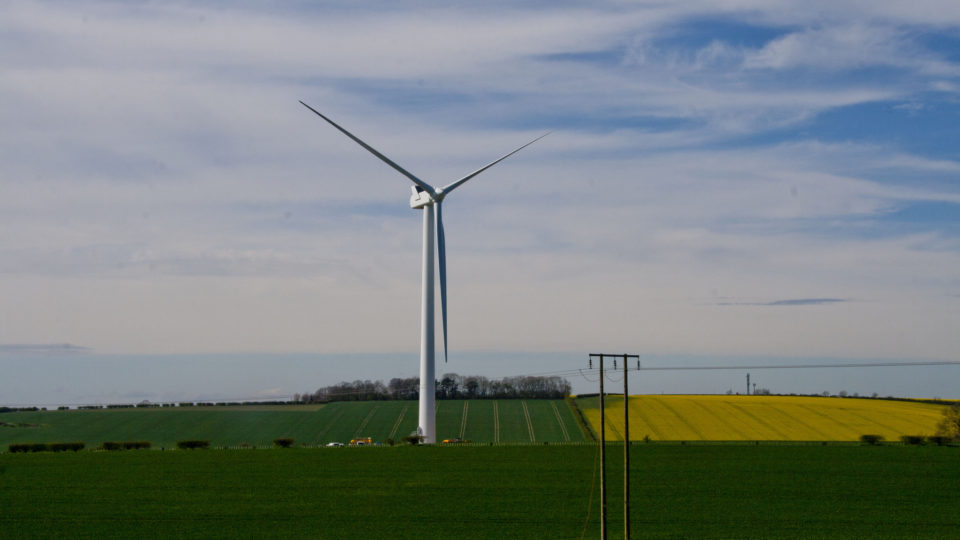solar
Greenhouse Gas Emissions Rising Again
If we want to avoid drastic global warming this century, we need to sharply reduce greenhouse gas emissions over time. For the previous three years, emissions had been holding steady, but last year, global emissions from the use of coal, oil and natural gas increased by 1.4%. According to the International Energy Agency, this unfortunate new data should serve as a strong warning that we need to increase our efforts to combat climate change.
Water From Desert Air
Last spring, we talked about a solar-powered water harvester designed to pull water out of even dry desert air. The prototype device was described in a paper by scientists at UC Berkeley and MIT in the journal Science.
Hydrogen Progress
As low-cost solar and wind energy become increasingly pervasive, the prospects for hydrogen-based transportation systems are improving. The reason is that cheap electricity makes it practical to produce hydrogen by breaking down water rather than getting it from reforming natural gas, which results in carbon dioxide emissions. The real goal is for hydrogen to be a renewable and carbon-free fuel.
Cooling Cities With White Roofs
The phenomenon of urban heat islands has been well known since the 19th century. The materials from which city buildings and roads are made reflect much less solar radiation and absorb more of it than the vegetation they have replaced. The absorbed energy is then radiated in the form of heat into the surrounding air making cities warmer.
Renewable Powered Cities
Cities are responsible for 70% of the world’s energy-related CO2 emissions and it appears that they are taking responsibility for reducing them. Over 7,000 mayors around the world have signed up to the Global Covenant of Mayors for Climate and Energy, thereby pledging to act on climate change.
Farming In Solar Farms
Utility-scale solar installations have been expanding rapidly. The amount of land used for solar projects is becoming quite substantial. The National Renewable Energy Laboratory (NREL) predicts that 3 million acres will be devoted to solar farms by 2030, and 6 million by 2050. These numbers pale in comparison with the land used for corn, soybeans, and wheat, but are more than used for such familiar crops as oats, barley and rice.
Sunshine To Fuel
Hydrogen is touted to be the fuel of the future, particularly for cars. But a more acccurate view of it is that hydrogen is an energy storage medium. And the most promising form of energy to store using hydrogen is solar energy.
Renewables In Texas
When we think about Texas, we think of oil and conservative politics. But Texas is also earning a reputation as a leading state for integrating renewable energy into its electric grid.
Renewables Beat Out Coal In Europe
Last year was the first year in which more electricity in Europe was generated from the combination of wind, sun, and biomass than from coal. The combination of all clean energy sources (which adds hydropower to the mix) surpassed coal several years ago.
Major Investments In Solar Power
There is big money going into renewable energy and energy-smart technologies and half of that is going into solar power. In 2017, global investments in green energy reached $334 billion and $161 billion of that was in solar.
Indirect Greenhouse Gas Emissions
When considering the greenhouse gas emissions associated with any energy source, it is important to look at the total life cycle emissions both from the direct use of the energy source and from the indirect emissions associated with building the system, producing and transporting fuels and other supplies and, ultimately, decommissioning the system. Taking all of this into consideration is necessary in order to have a full accounting of the carbon impact of power sources.
A Carbon Loophole
Many power plants in Europe and elsewhere are replacing coal with wood. For example, the Drax Power Station in Britain was its largest coal-burning plant and is now using wood pellets shipped from the southern U.S. in its boilers. According to the carbon accounting rules at the EU and elsewhere, the process is considered to be “carbon neutral.” But is it?
The idea is that new trees are being planted in the forests where the trees are cut to be burned in power plants. So, there is carbon neutrality. In principle.
European countries have embarked on a massive effort to switch to generating power from renewable energy. While there has indeed been major growth in wind and solar power in the 28 countries of the European Union, much of the new “green” power has come from burning wood in converted coal power stations.
A group of 200 scientists wrote to the EU last September insisting that bioenergy from forest biomass is not carbon neutral and that there must be tighter rules to protect forests and their carbon. Wood burning has become a loophole in controlling carbon emissions.
There are problems with the claims of carbon neutrality. There is no way to know whether enough new trees are actually being planted to replace those being burned. And then there is the time lag for tree replacement. Trees don’t grow overnight. There are also the carbon emissions associated with harvesting, processing and transporting wood.
There are most certainly ways in which burning biomass can be carbon neutral and can represent real progress over the use of fossil fuels. But caution must be taken to avoid exploiting loopholes in current climate rules that might actually result in increased carbon emissions.
**********
Web Links
Carbon Loophole: Why Is Wood Burning Counted as Green Energy?
Photo, posted April 26, 2014, courtesy of Flickr.
‘A Carbon Loophole’ from Earth Wise is a production of WAMC Northeast Public Radio.
